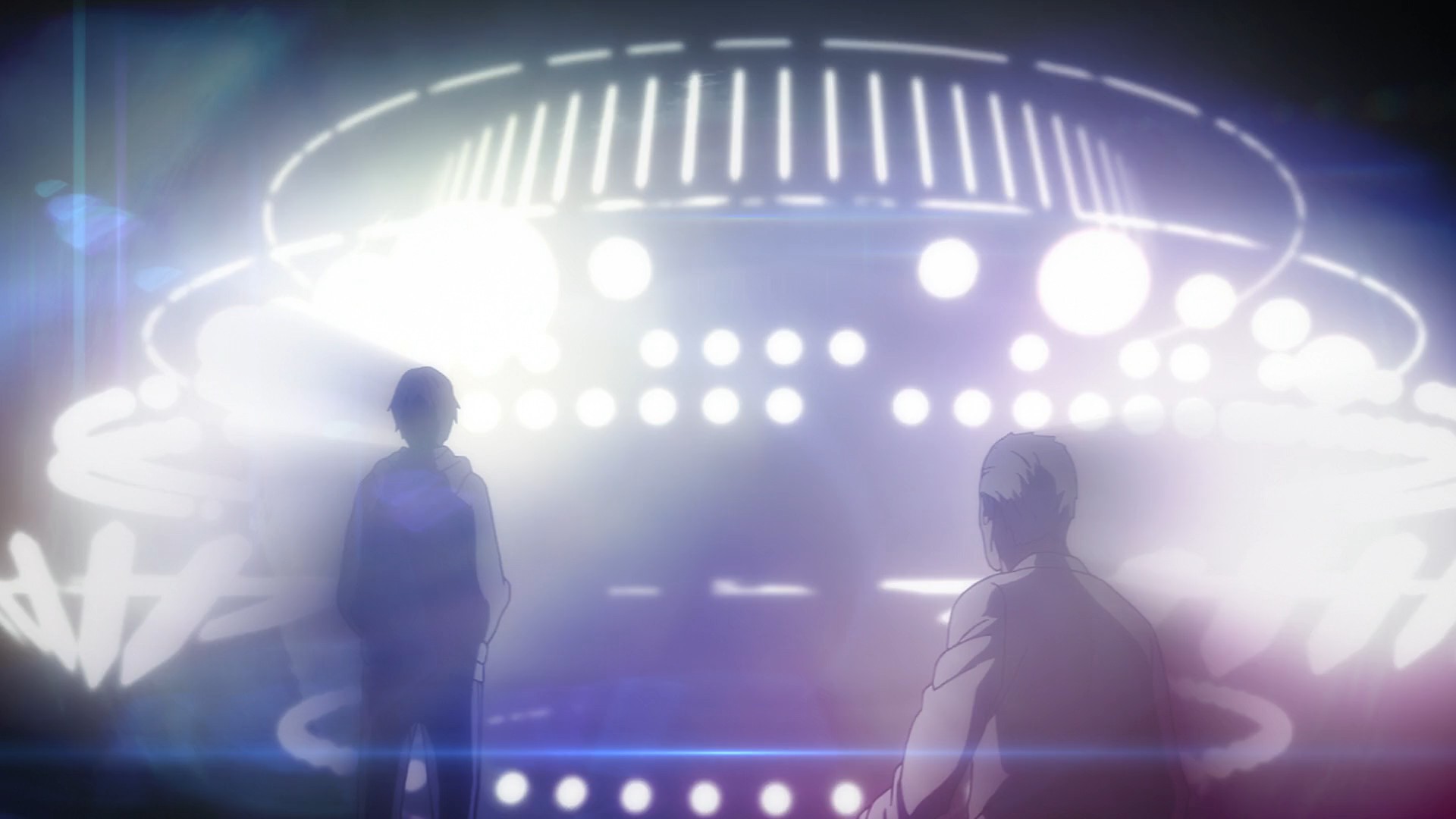Game over, man, game over

As Inuyashiki’s antagonist was busy massacring an entire police precinct, midway through the show’s eighth episode, I realized why the series had been giving me an incredible sense of déjà vu. The arc of events was basically indistinguishable from a player’s boredom-induced wanton murder streak in Grand Theft Auto. On a lark, the killer offs a couple of random bystanders. When the cops get involved, they find themselves no match for the killer’s walking munitions depot. Maybe a couple of cheat codes get deployed. Hundreds of nameless, faceless extras die in the carnage. It’s less a story than a fill-in-the-blank exercise: “Unstoppable, remorseless murderer claims ______ lives in latest spree,” with the numbers going up exponentially each time until the killer loses interest and quits.
To reach these tedious depths, Inuyashiki has to thoroughly squander an actually intriguing premise. The title character, a late-fifties salaryman who goes unappreciated by everyone in his life except his pet dog, is out for an evening walk when an errant alien spaceship crashes nearby, killing him. As a mea culpa, the E.T.s build Mr. Inuyashiki a new, cosmetically identical mechanical body before hurriedly going on their merry way. It turns out that the new skin has a couple more features than the old one, like flight, bullet-proofing, and an autonomous missile defense system. Mr. Inuyashiki, a kind soul at heart, quickly sets out to use his newfound powers for good. The catch? Someone else also got upgraded in the accident, and contrary to his name “Hiro,” this one is a nihilistic teenager who cares little for innocent lives.
It all seems like the perfect setup for a titanic clash of wills, underpinned by some rumination on what it means to be human. A bit of a cliché, sure, but Mr. Inuyashiki is in a refreshingly different stage of life from the typical inadvertent superhero, or even anime protagonist. And Hiro, his foil, takes his sociopathic mantle in a chilling ten-minute sequence where he breaks into a Tokyo family’s home and methodically disposes of its members one by one. He is so unbothered by what he’s doing that he can casually ask one of his terrified victims who her favorite One Piece character is, seconds before killing her.
Before long, however, the script loses interest in developing either hero or villain. Inuyashiki’s middle section is little more than a river of blood, as the plot gives Hiro progressively flimsier reasons to escalate his rampage until all of Japan lies in his sights. (Like Grand Theft Auto, though, the show ultimately pulls its punches when children are the ones in danger.) Mr. Inuyashiki himself, meanwhile, gets essentially written out of his own series, leaving us to wonder what the hell he’s doing while Hiro’s genocidal acts blanket the news. The two don’t get around to sparring until the penultimate episode, just in time for a deus ex machina conclusion that renders moot what little advancement we see in either character.
The animation, while not nearly as bad as the plot, can’t fully decide what it wants to be. Early episodes use 3D heavily for Hiro and Mr. Inuyashiki’s machine forms, a nice hint that they’re a little different from everyone else, but this doesn’t remain totally consistent through the rest of the series, and the models don’t have the detail they need to hold up in high action scenes. The 2D work on some of the side characters, too, is sketchy enough that I found myself wondering what they were intended to look like. But how much would improving the visuals really have helped? After all, if video game graphics suffer from diminishing returns, it’s hard to see how Inuyashiki, with all of its resemblance to a mediocre gaming stream, would benefit that much more.